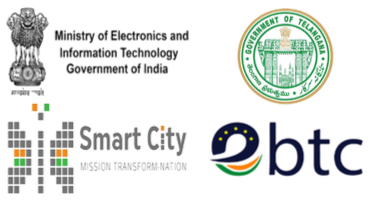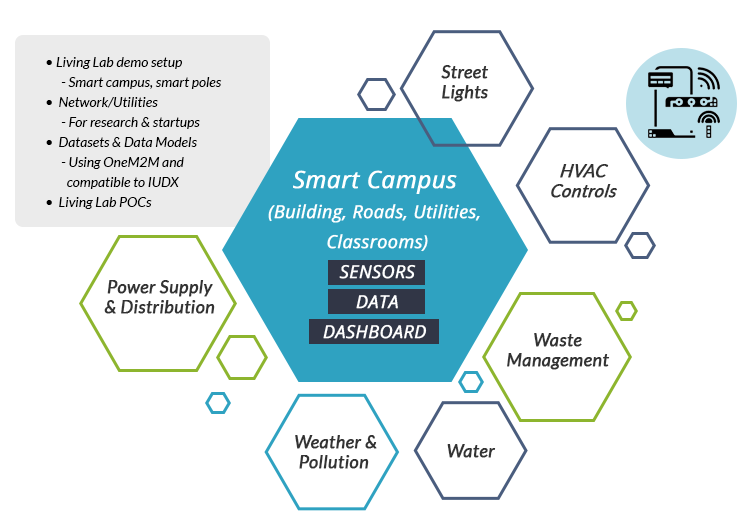
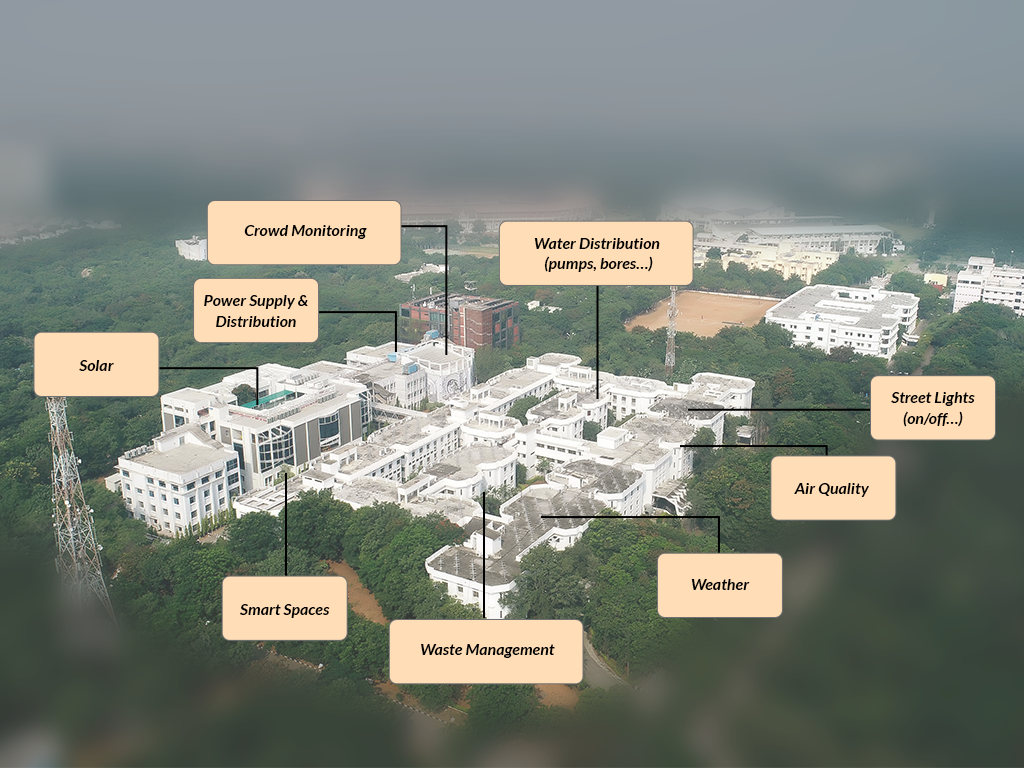
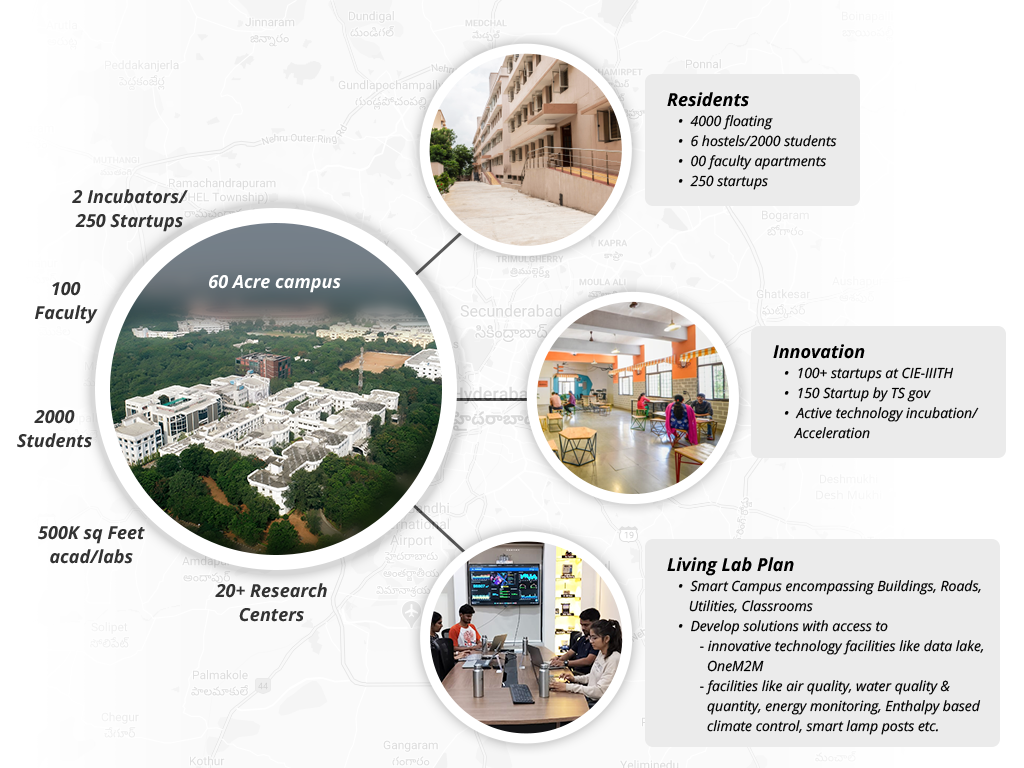
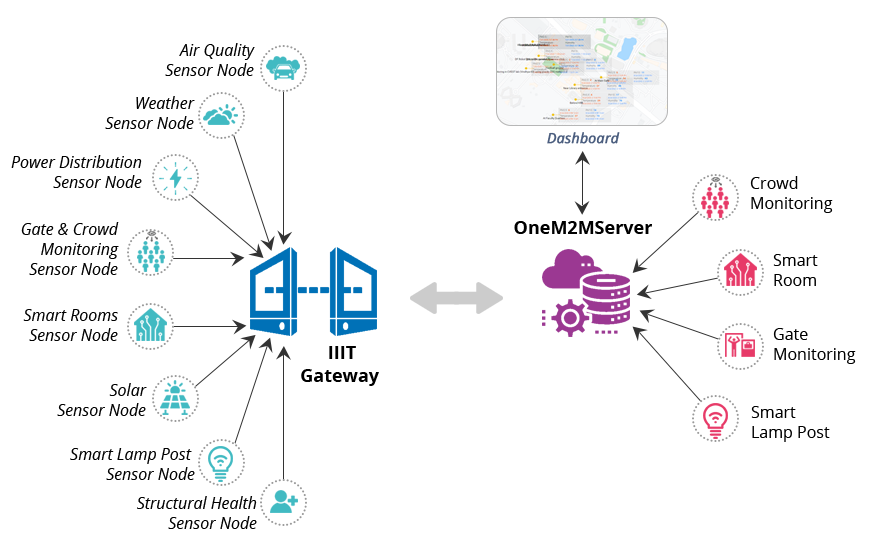
The smart campus serves as an innovative platform for testing and implementing cutting-edge technologies to enhance the overall quality of life for its occupants and surrounding community. One of the key focus areas of the smart campus is pollution monitoring. By deploying a network of sensors throughout the campus, real-time data on air quality, noise levels, and environmental pollutants can be collected and analyzed. This data enables the development of effective strategies to mitigate pollution and improve the health and well-being of campus users. In addition to pollution monitoring, energy conservation is another crucial aspect of the smart campus. Advanced energy management systems are integrated into the infrastructure, allowing for intelligent control and optimization of energy consumption. Through the use of smart grids, renewable energy sources, and energy-efficient technologies, the smart campus aims to reduce its carbon footprint and achieve sustainable energy practices. Water management is another area where the smart campus excels. By implementing IoT-enabled water monitoring systems, the campus can track water usage, detect leaks, and optimize irrigation processes. These measures contribute to the efficient use of water resources and promote conservation. Smart lampposts are deployed throughout the campus to enhance safety and energy efficiency. Equipped with sensors, these lampposts can automatically adjust their brightness based on ambient lighting conditions and human presence. They also provide real-time data on parking availability, weather conditions, and even serve as charging stations for electric vehicles. To ensure the well-being and safety of individuals within the campus, crowd monitoring systems are implemented. By leveraging video analytics and machine learning algorithms, the smart campus can detect and analyze crowd density, movement patterns, and potential security threats. This information can be used to optimize traffic flow, enhance emergency response strategies, and create a safer environment for everyone. Smart classrooms are equipped with interactive technologies, such as smart boards, virtual reality (VR) headsets, and IoT-enabled educational tools. These innovations foster immersive and engaging learning experiences, allowing students and teachers to collaborate, explore, and access vast educational resources through digital platforms. To consolidate and present the data collected from various IoT projects, comprehensive dashboards are developed. These dashboards provide real-time visualizations, analytics, and insights to campus administrators, researchers, and stakeholders. This data-driven approach enables evidence-based decision-making, proactive maintenance, and continuous improvement of the smart campus infrastructure. Overall, the smart campus represents a paradigm shift in the way buildings, campuses, and facilities are designed and managed. By integrating IoT technologies, data analytics, and sustainable practices, the smart campus serves as a catalyst for research, innovation, and the development of smart city solutions. It aims to create a living laboratory where new ideas can be tested, refined, and ultimately implemented to create more efficient, sustainable, and user-centric environments.
